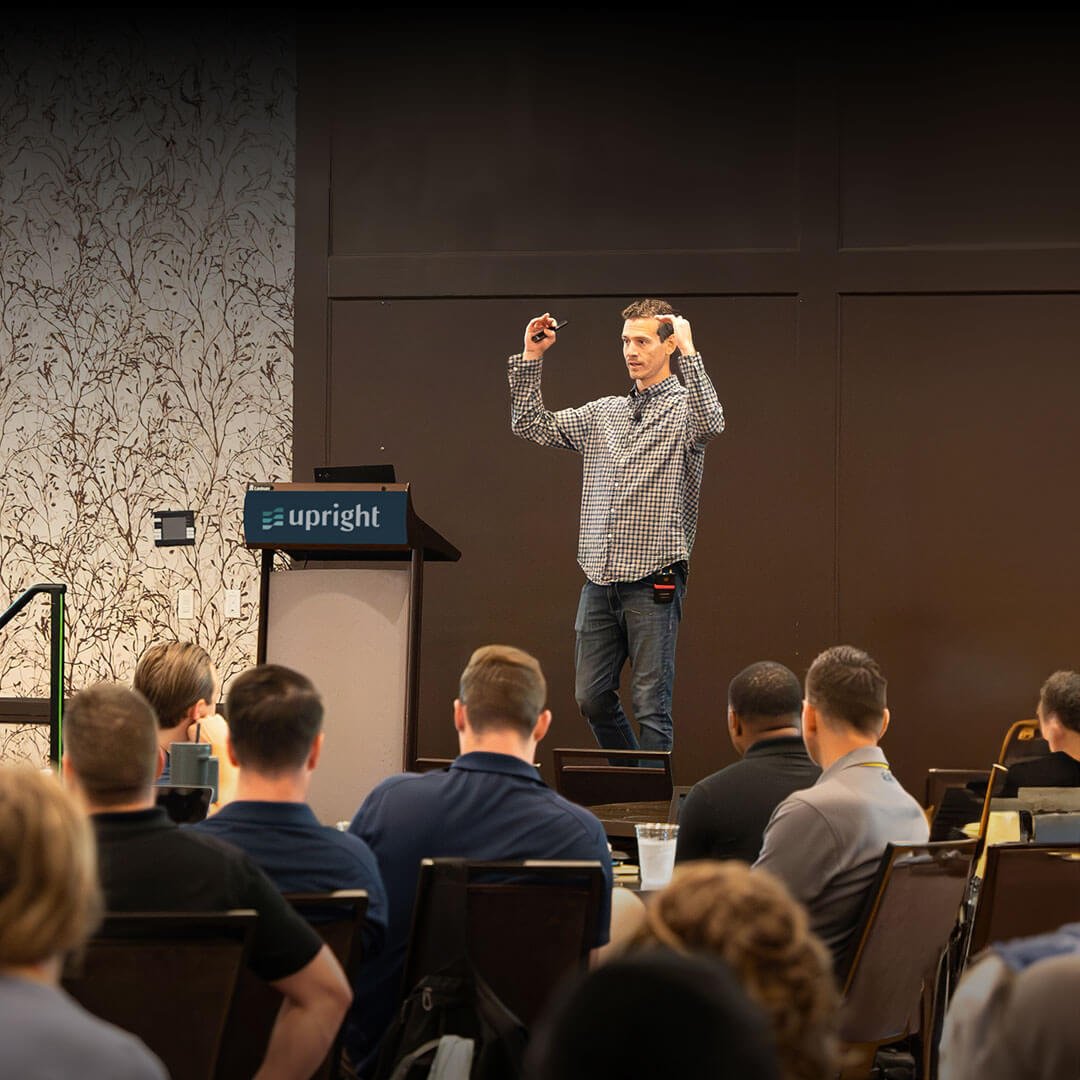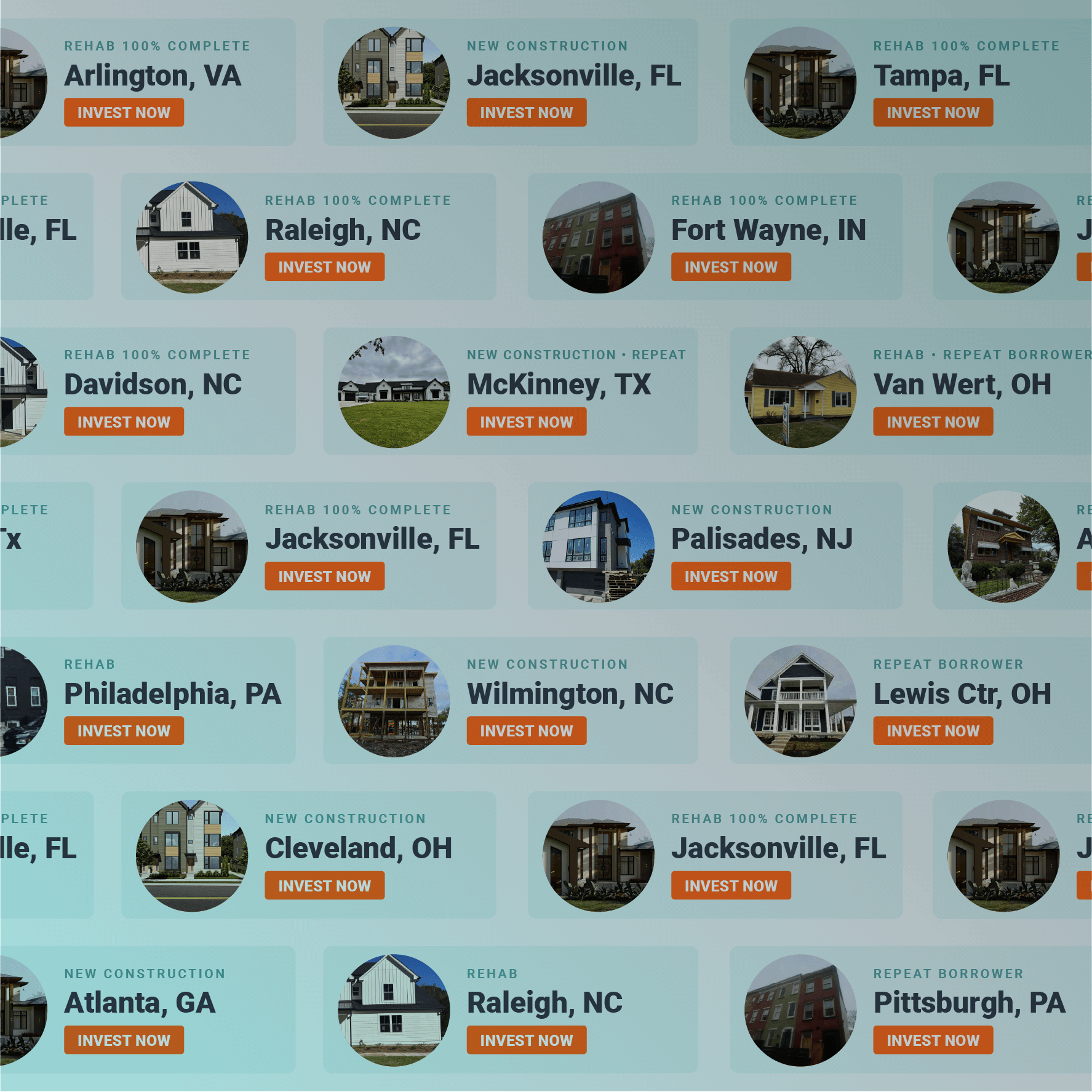As you most likely have heard by now, on Wednesday, May 4, 2022, the Federal Reserve approved an interest rate increase of 50 basis points or half a percentage point. This is the sharpest rate increase in more than 20 years. The interest rate intends to get inflation under control — which is at a 40-year high — without driving the economy into a recession.
Here’s the good news: Real estate investors and entrepreneurs can actually profit from inflation. One way to do it? Attach a cash-flowing investment property to long-term fixed-interest rate debt.
Understanding the concepts of increasing cash flow, asset price inflation, and the debasement of debt are key to seeing how inflation can help you generate passive income. Of course, none of this is intended to be investment advice, nor am I or anyone at Fund That Flip a financial advisor. If you want to implement one of these strategies, consider discussing your goals with a financial professional. Now, let’s jump in.
Increasing Cash Flow
Cash flow is the profit a landlord makes on a rental property from monthly rental payments, leasing appliances, and offering services, minus operating and repair expenses. So when you hear the term “good cash-flowing property,” it’s an investment property with regularly positive cash flow month-over-month.
 Let’s assume you have a rental investment property with $1,200 in monthly rental income. The mortgage is $600, and there are $250 in operating expenses. Once these are deducted and paid, you’re generating $350 of passive monthly income. Nice.
Let’s assume you have a rental investment property with $1,200 in monthly rental income. The mortgage is $600, and there are $250 in operating expenses. Once these are deducted and paid, you’re generating $350 of passive monthly income. Nice.
Now, assume that after 10% inflation over a few years, rent is now at $1,320. The mortgage of $600 remains fixed, and due to inflation, operating expenses have increased to $275. That means your passive monthly income is now $445, which is a 27% increase over the $350 monthly cash flow you were receiving before a few years of inflation.
Your biggest expense on the property — the mortgage — is fixed, so even though the operating expenses are also increasing with inflation, the biggest source of income on the property — the monthly rent — is increasing, too! Securing every rental property in your portfolio with a 30-year fixed amortizing loan could be a great way to increase cash flow and make the best of volatile, inflation-crazy economies.
One other consideration to be aware of in the current economy is that inflation is outpacing wages — specifically, the wages of your rental tenants. Be cognizant of what is typical in your market, and don’t price yourself out of a tenant and lose all of your passive income while also increasing your expenses as you get the property up to code and rental-ready again. This will result in negative cash flow. Of course, adding hot amenities to a rental property can also make it more desirable on the market. Approach your cash-flow enhancement options from all angles.
Asset Price Inflation
Asset price inflation is exactly what it sounds like: The price of assets rises and becomes inflated, usually because of low-interest rates. This is the situation we are currently in with the Federal Reserve raising interest rates in an attempt to slow and lower inflation.
Now, how to approach asset price inflation and understand how it can be a benefit to you:
 Let’s assume you bought a multi-unit property for $1M with $200K down. Applying the same 10% inflation to your asset over a few years, the building’s value has now appreciated to $1.1M. But of course, every dollar is worth 10% less also due to inflation.
Let’s assume you bought a multi-unit property for $1M with $200K down. Applying the same 10% inflation to your asset over a few years, the building’s value has now appreciated to $1.1M. But of course, every dollar is worth 10% less also due to inflation.
If this seems like you’re just going in circles — you’re not. You have an $800K bridge loan on the apartment property, and this debt is outsourced to the tenants by way of monthly rent. You also have $200K in equity you put into a property that’s appreciated in value and is now worth $1.1M — so your equity just grew to $300K. By leveraging the lender’s loan and your tenant’s income, you have increased your ROI/equity on this rental investment property by 50%!
Debasing Your Debt
To debase, or debasement means to decrease the value of a currency. Throughout history, this has been done when governments manufacture coins with a portion of metal of inferior value — decreasing the literal value of the coins (such as adding 12% nickel to the U.S. copper penny in 1856, with many additional changes since then) — or even printing more money.
 To show how debasement can be applied to debt, in our last example, let’s assume you own another multi-unit property, this time with $1M of debt. With 5% annual inflation, you only owe your lender $950K of inflation-adjusted dollars after the first year, $900K of inflation-adjusted dollars in year two, etc. However, lenders request repayment in nominal dollars — meaning “in name only” — not inflation-adjusted dollars. Inflation decreases debt the same as it decreases equity, and in this case, a dollar — even with diminished purchasing power and value — is still a dollar paying your debt, and it’s not adjusted for inflation. Hence, debasing the debt.
To show how debasement can be applied to debt, in our last example, let’s assume you own another multi-unit property, this time with $1M of debt. With 5% annual inflation, you only owe your lender $950K of inflation-adjusted dollars after the first year, $900K of inflation-adjusted dollars in year two, etc. However, lenders request repayment in nominal dollars — meaning “in name only” — not inflation-adjusted dollars. Inflation decreases debt the same as it decreases equity, and in this case, a dollar — even with diminished purchasing power and value — is still a dollar paying your debt, and it’s not adjusted for inflation. Hence, debasing the debt.
So with your tenants again paying the fixed mortgage principal and interest, you actually have $50K you’re retaining or gaining in equity!
Inflation and Interest Rates in 2022
In real estate, inflation doesn’t favor debt or equity, it decreases them both equally. Inflation diminishes the real value of assets, redistributing wealth from lenders to borrowers, from older generations, who have more assets, to younger generations who have more debt, etc. That’s why it’s important to understand how you can make inflation benefit you. And why in an economic climate like the one we’re currently experiencing, it can be beneficial to turn equity into debt with a cash-out refi or 1031 Exchange.
Many experts and more than 80% of small business owners believe inflation is going to continue, although at what rate is anyone’s guess. The Federal Reserve has a mandate for 2% target inflation and the purpose of the rate increase is to slow inflation.
Moreover, according to MoneyMade, the U.S. is likely to see a second rate increase in June 2022 as well, with interest rates assumed to be at 3.5% by the end of this year.
Essentially, unless you work for the Federal Reserve, you probably have no control over inflation or interest rates, so make the best of the situation and leverage debt to create wealth and further your business and investing goals.
Apply for funding for your next deal, and get a loan commitment within 24 hours and pre-approval up to $5M to make winning bids, easily.
Sources: CNBC, BiggerPockets, Forbes, MoneyMade, Investopedia, The Washington Post, HousingWire, The Motley Fool





